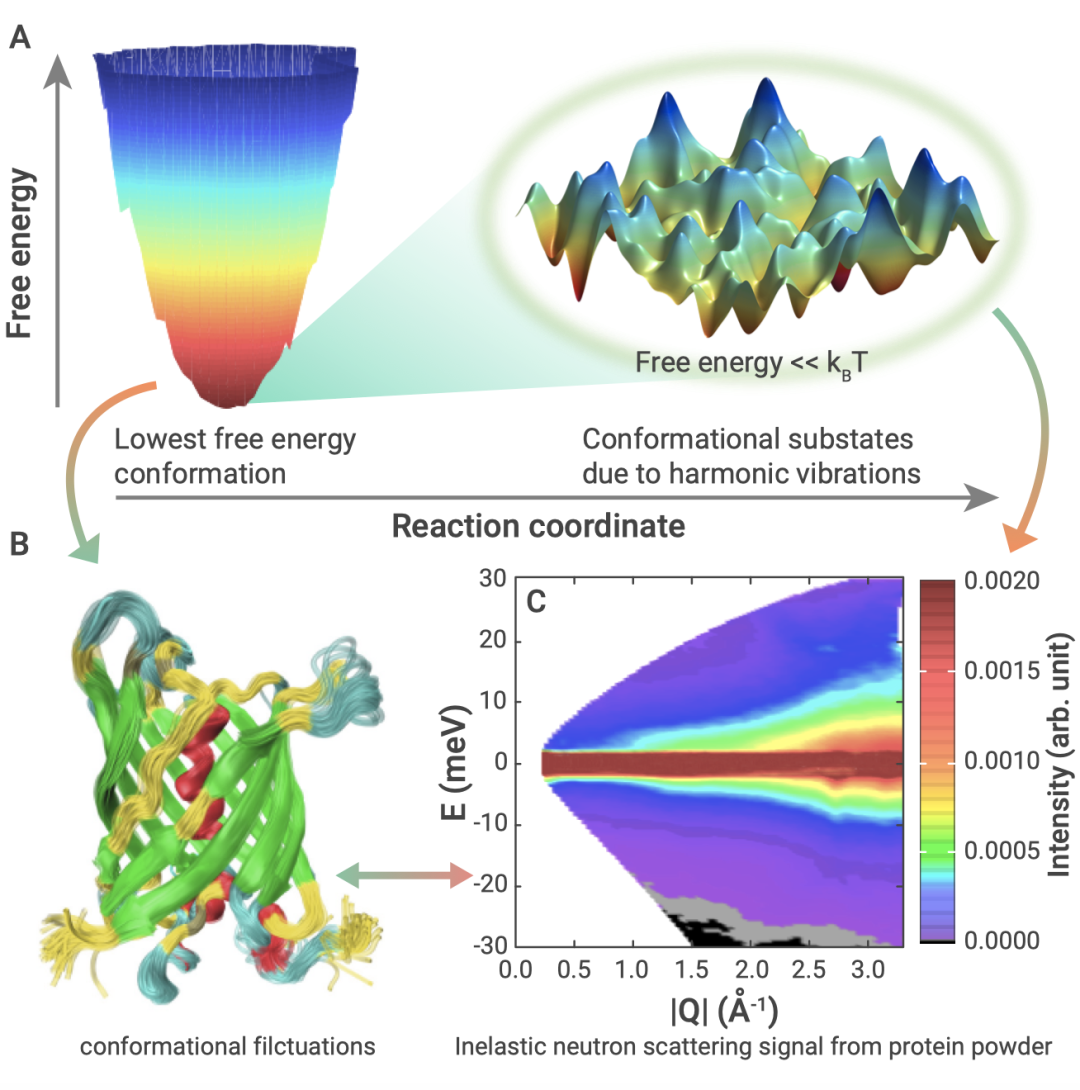














Associate researcher Bingnan Lyu from the Graduate School of the China Academy of Engineering Physics has made new progress in the development of first-principles calculations of atomic nuclei. He proposed a new perturbation quantum Monte Carlo algorithm and proved that it can efficiently calculate complex high-order energy corrections in atomic nuclei. The results were published in Physical Review Letters.
Quantum Monte Carlo (QMC) simulation is a powerful tool for solving quantum many-body problems in fields such as nuclear physics, condensed matter physics, ultracold atoms, and quantum chemistry. When applying QMC methods to fermionic systems such as atomic nuclei, Monte Carlo simulations often involve sampling highly oscillatory functions, and the number of samples required increases exponentially with system size. Even for very small systems, the required amount of computation often exceeds hardware limitations. This is the famous “sign problem” in QMC calculations. Fortunately, when the system has certain symmetries, we can design Monte Carlo algorithms that are free from the “sign problem”. For example, at the roughest approximation, nuclear forces are independent of spin and isospin, so QMC simulations have no “sign problem” and can produce highly accurate results.
On the other hand, real interactions in nature often do not obey these ideal symmetries. In order to improve the accuracy of calculations, it is necessary to include symmetry-breaking correction terms using perturbation theory. All previous calculations have only considered first-order perturbative corrections. The difficulty in calculating higher-order perturbative corrections is that in traditional stationary perturbation theory, higher-order perturbative corrections to the ground state energy also contain information about excited states. In QMC simulations, excited states are much more difficult to solve than ground states. This greatly limits the accuracy and scope of QMC simulations.
Recently, Associate Researcher Bingnan Lyu and his collaborators proposed a new perturbative QMC algorithm that can calculate higher-order perturbative corrections to the ground state energy without information about excited states. This greatly reduces the complexity of such calculations. This new method was used to solve the ground state energies of atomic nuclei such as 3H, 4He, and 16O, and the results were in very good agreement with experiments. The calculation results also proved for the first time that perturbative corrections above second order contribute significantly and cannot be arbitrarily ignored as in previous calculations.

Figure 1: Comparison of first-order perturbation (red line), second-order perturbation (blue line) and exact solution.
This work was recently published in Phys. Rev. Lett. 128, 242501 (2022). The first author of the paper is Associate Researcher Bingnan Lyu.
For more details, please see: https://journals.aps.org/prl/abstract/10.1103/PhysRevLett.128.242501
